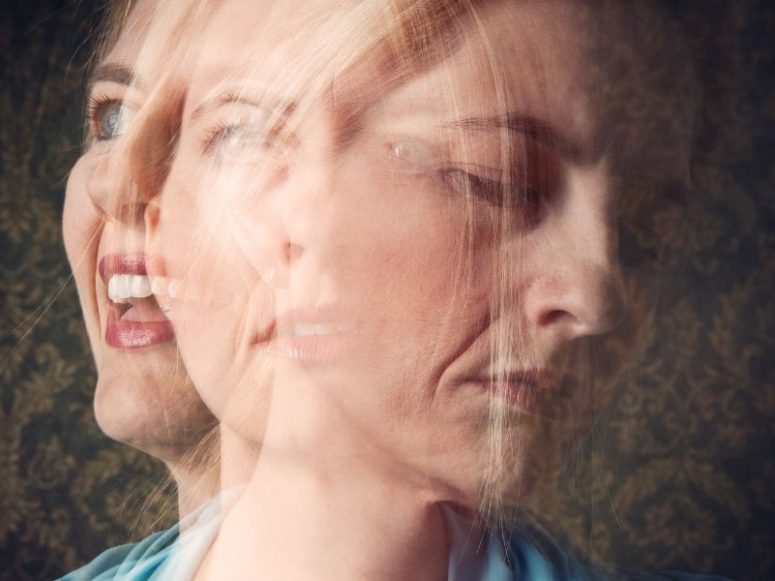Bipolar disorder is a mental health condition characterized by extreme mood swings that include emotional highs (mania or hypomania) and lows (depression). These mood swings can affect sleep, energy, activity, judgment, behavior, and the ability to think clearly. Episodes of mood swings may occur rarely or multiple times a year. While bipolar disorder is a lifelong condition, you can manage your mood swings and other symptoms by following a treatment plan.
Key Takeaways
- Bipolar disorder involves extreme mood swings from manic highs to depressive lows, which can significantly impact daily life.
- There are several types of bipolar disorder, including Bipolar I, Bipolar II, and Cyclothymic Disorder, each with different diagnostic criteria.
- Treatment for bipolar disorder typically involves a combination of medications, psychotherapy, and lifestyle management strategies to control symptoms and improve quality of life.
1. Understanding the Different Types of Bipolar Disorder
Bipolar disorder is not a one-size-fits-all diagnosis. There are several types, primarily distinguished by the severity of the manic episodes. The main types include:
| Type of Bipolar Disorder | Key Characteristics |
| Bipolar I Disorder | You’ve had at least one manic episode that may be preceded or followed by hypomanic or major depressive episodes. In some cases, mania may trigger a break from reality (psychosis). [1] |
| Bipolar II Disorder | You’ve had at least one major depressive episode and at least one hypomanic episode, but you’ve never had a manic episode. [1] |
| Cyclothymic Disorder | You’ve had at least two years — or one year in children and teenagers — of many periods of hypomania symptoms and periods of depressive symptoms (though less severe than major depression). [1] |
| Other Types | These include, for example, bipolar and related disorders induced by certain drugs or alcohol or due to a medical condition, such as Cushing's disease, multiple sclerosis or stroke. |
2. Recognizing the Signs and Symptoms
Recognizing the signs and symptoms of bipolar disorder is the first step toward diagnosis and treatment. The symptoms can vary from person to person and can change in severity over time.
Manic and Hypomanic Episodes
Mania and hypomania are two distinct types of episodes, but they have the same symptoms. Mania is more severe than hypomania and causes more noticeable problems at work, school and social activities, as well as relationship difficulties. Mania may also trigger a break from reality (psychosis) and require hospitalization.
Both a manic and a hypomanic episode include three or more of these symptoms:
- Abnormally upbeat, jumpy or wired
- Increased activity, energy or agitation
- Exaggerated sense of well-being and self-confidence (euphoria)
- Decreased need for sleep
- Unusual talkativeness
- Racing thoughts
- Distractibility
- Poor decision-making — for example, going on buying sprees, taking sexual risks or making foolish investments 1
Major Depressive Episode
A major depressive episode includes symptoms that are severe enough to cause noticeable difficulties in day-to-day activities, such as work, school, social activities or relationships. An episode includes five or more of these symptoms:
- Depressed mood, such as feeling sad, empty, hopeless or tearful (in children and teens, depressed mood can appear as irritability)
- Marked loss of interest or feeling no pleasure in all — or almost all — activities
- Significant weight loss when not dieting, weight gain, or decrease or increase in appetite (in children, failure to gain weight as expected can be a sign of depression)
- Either insomnia or sleeping too much
- Either restlessness or slowed behavior
- Fatigue or loss of energy
- Feelings of worthlessness or excessive or inappropriate guilt
- Decreased ability to think or concentrate, or indecisiveness
- Thinking about, planning or attempting suicide 1
3. The Diagnostic Process
If you are experiencing symptoms of bipolar disorder, it is important to seek a professional diagnosis. A healthcare provider at SOM Medical Practice can conduct a thorough evaluation, which may include:
- Physical Exam: A physical exam and lab tests may be done to identify any medical problems that could be causing your symptoms.
- Mental Health Evaluation: Your doctor may refer you to a psychiatrist, who will talk to you about your thoughts, feelings and behavior patterns. You may also be asked to complete a psychological self-assessment or questionnaire.
- Mood Charting: You may be asked to keep a daily record of your moods, sleep patterns and other factors that could help with diagnosis and finding the right treatment.
4. Treatment Options for Bipolar Disorder
Treatment is best guided by a medical doctor who specializes in diagnosing and treating mental health conditions (psychiatrist) who is skilled in treating bipolar and related disorders. You may have a treatment team that also includes a psychologist, social worker and psychiatric nurse.
Bipolar disorder is a lifelong condition. Treatment is directed at managing symptoms. Depending on your needs, treatment may include:
| Treatment Approach | Description |
| Medications | These can include mood stabilizers, antipsychotics, and antidepressants. Finding the right medication or combination of medications may take some time and requires close monitoring by your doctor. [2] |
| Psychotherapy | Also called "talk therapy," this can be an effective part of the treatment plan. Cognitive Behavioral Therapy (CBT), psychoeducation, and family-focused therapy are common approaches. [2] |
| Other Treatments | In some cases, other treatments may be recommended, such as electroconvulsive therapy (ECT), transcranial magnetic stimulation (TMS), or ketamine treatment. [2] |
5. Living with Bipolar Disorder: Lifestyle Management
In addition to medication and therapy, lifestyle management strategies can play a crucial role in managing bipolar disorder. These strategies can help you maintain a stable mood and improve your overall quality of life.
- Stick to a routine: Maintaining a regular schedule for sleeping, eating, and exercising can help stabilize your moods.
- Learn the warning signs of an episode: Knowing the early signs of a manic or depressive episode can help you seek treatment before it gets worse.
- Avoid drugs and alcohol: These can interfere with your medications and trigger mood episodes.
- Get regular exercise: Physical activity can help with depression and anxiety, and it can also help you sleep better.
- Build a strong support system: Having supportive family and friends can make a big difference in your ability to cope with bipolar disorder.
If you or a loved one are experiencing symptoms of bipolar disorder, don't hesitate to reach out to the compassionate team at SOM Medical Practice. We are here to provide the support and treatment you need to live a healthy and fulfilling life.
References
[1] Mayo Clinic. (n.d.). Bipolar disorder - Symptoms and causes.
[2] Mayo Clinic. (n.d.). Bipolar disorder - Diagnosis and treatment.








